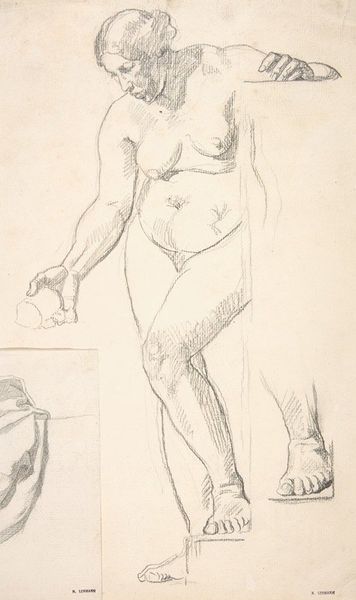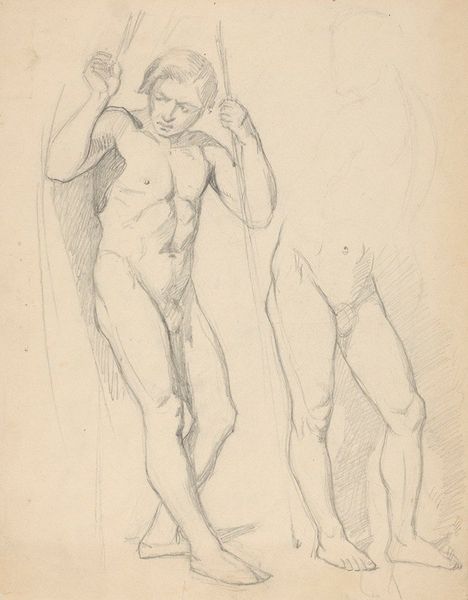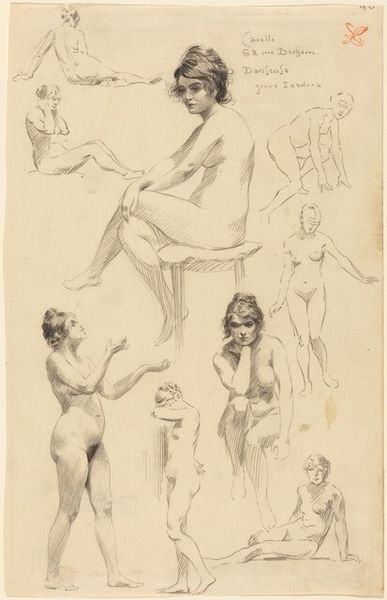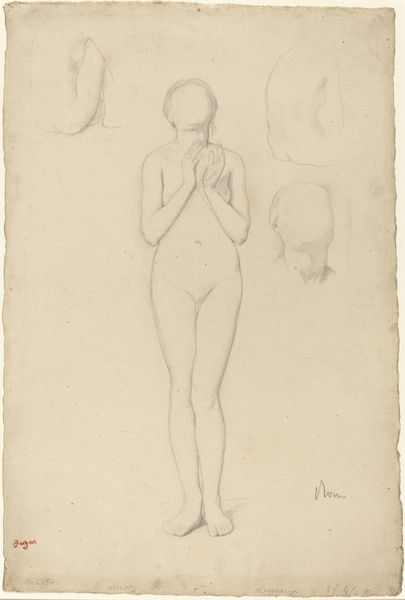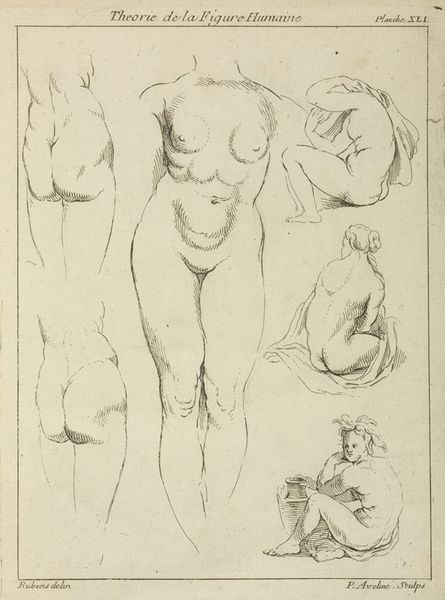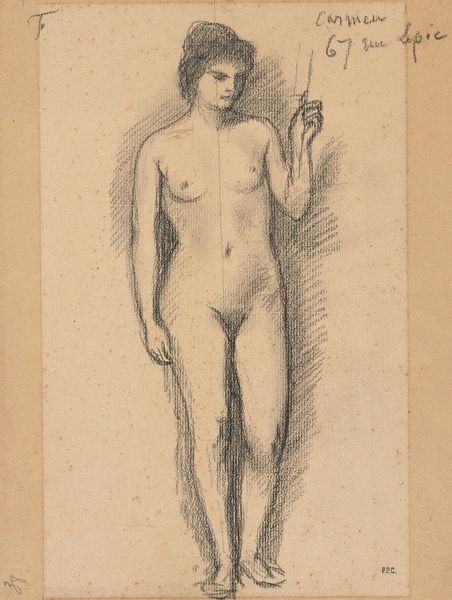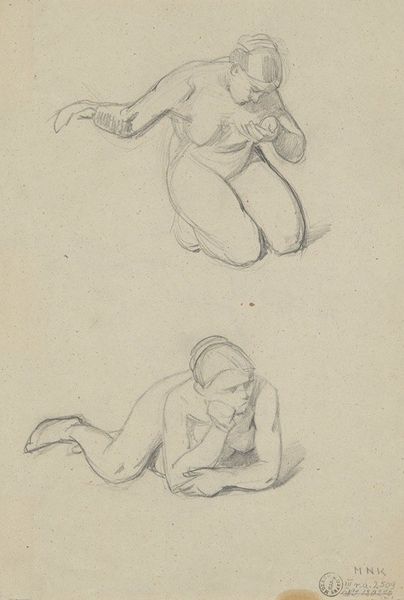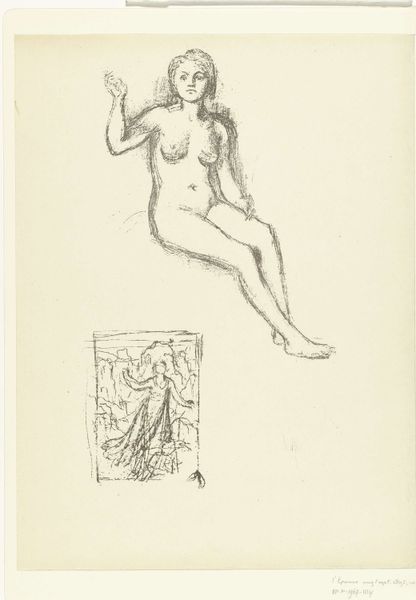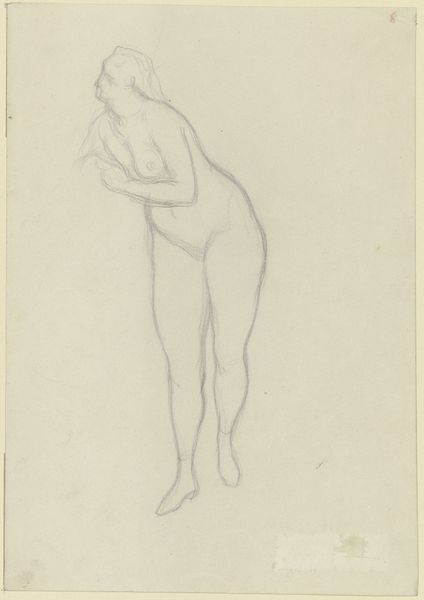
drawing, paper, pencil
#
portrait
#
drawing
#
art-nouveau
#
figuration
#
paper
#
pencil
#
symbolism
#
nude
Copyright: Public Domain: Artvee
Editor: Here we have Alphonse Mucha’s "Preliminary design for ‘The Rose’," a pencil drawing on paper from 1899. It feels fragmented, like glimpses of a figure rather than a fully realized image. How do you interpret this work? Curator: This drawing offers a window into Mucha's creative process within the context of Art Nouveau, a movement deeply invested in challenging academic art traditions. Instead of striving for a singular, perfect representation, he presents us with studies that underscore the female form, fragmented or clothed, alongside the symbolic rose. Editor: Symbolic rose? Curator: Indeed. Roses, in the fin-de-siècle culture, became inextricably linked to evolving discourses around femininity, eroticism, and even danger, specifically in representing female sexuality and the complexities around the representation of women. How do you feel that knowledge reframes your understanding of the drawing? Editor: It’s almost like Mucha is dismantling the male gaze by not offering one fixed image. These fragments almost return some power to the woman. Instead of objectifying her, he is studying her from diverse perspectives. Curator: Precisely! He's exploring representations rather than presenting a definitive truth. Now, consider how Mucha was positioning himself in response to broader societal dialogues. By invoking a series of "roses", Mucha navigates both conventional beauty ideals alongside subtly challenging conventional representations. It's also useful to remember Mucha's involvement in Czech nationalism; how might those perspectives shape this and his broader oeuvre? Editor: I hadn't thought about Czech nationalism, but now I wonder how his cultural identity plays into this portrayal of idealized femininity. So many things to consider... Curator: Exactly. Seeing art is never an isolated act.
Comments
No comments
Be the first to comment and join the conversation on the ultimate creative platform.
